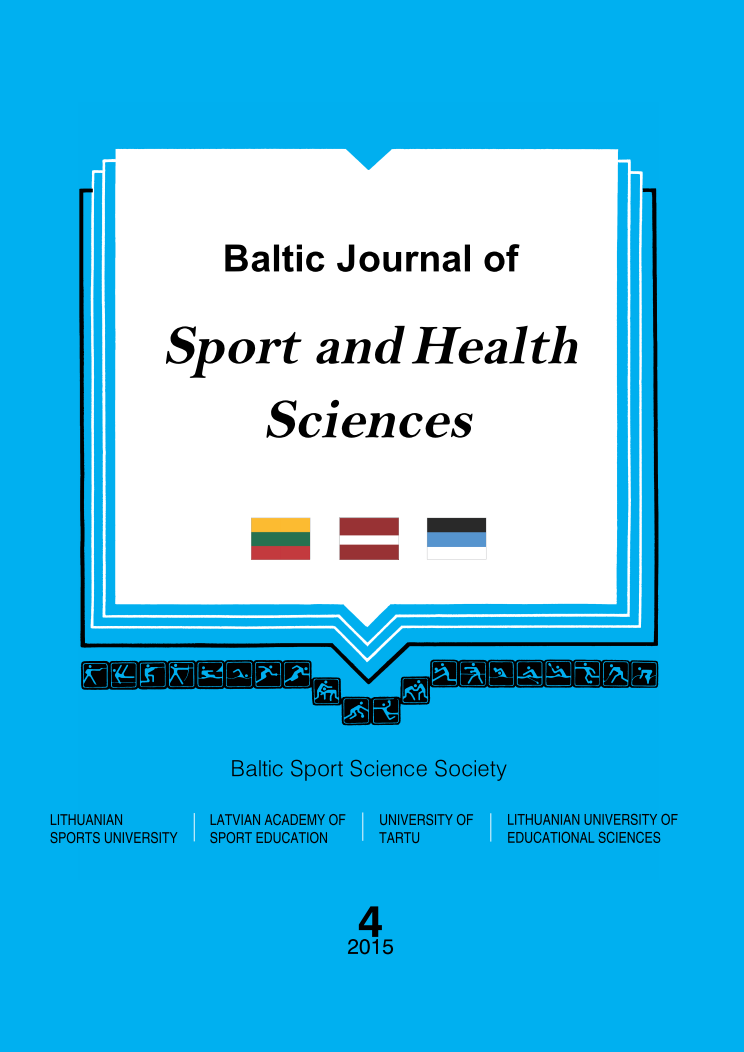Empathy and Its Factors: Empirical Study
Abstract
Background. The level of personality’s empathy largely determines altruistic behaviour and the quality of
interpersonal relationships rendering the relevance of research indubitable. In psychology, empathy is classified
into emotional/affective, cognitive and predictive. This study analyses affective empathy and aims to find out which
personality traits related to self-perception, effectiveness in interpersonal relationships and sociodemographics are
linked to empathy.
Methods. Research participants were schoolchildren, students, unemployed and employed individuals, inmates
of imprisonment institutions and other young people. The target group was youth from 17 to 27 years of age,
M =19.7, N =1400. An original measurement technique the psychometric quality indicators of which were sufficient
(Cronbach’s alpha reached .81) was used to research empathy.
Results. The means of Spearman’s correlation coefficients revealed that empathy was related to self-irony
(r = .19, p ≤ .001), externality (r = .14; p ≤ .05), positive self-evaluation (r = .47; p ≤ .001), leadership disposition
(r = .17; p ≤ .05), etc. Mann-Whitney and Kruskal-Wallis tests revealed that women (Mean Rank = 274.88) were
more empathic than men (Mean rank = 139.78; p ≤ .001), young people with higher education (Mean Rank = 234.62)
were more empathic than those with no or some education (Mean Rank = 161.06; p ≤ .001), etc.
Conclusion. Research revealed that empathy was related to personal-psychological traits: self-irony, externality,
positive self-evaluation, leadership disposition, general state of health, etc. The research highlighted the differences
of empathy in different genders and revealed that women were more empathic than men. The research participants
with high educational achievements exhibited the highest level of empathy.
Keywords: self-perception, interpersonal relationship effectiveness factors, sociodemographic factors
Downloads
Published
Issue
Section
License
Copyright (c) 2018 Baltic Journal of Sport and Health Sciences

This work is licensed under a Creative Commons Attribution 4.0 International License.






